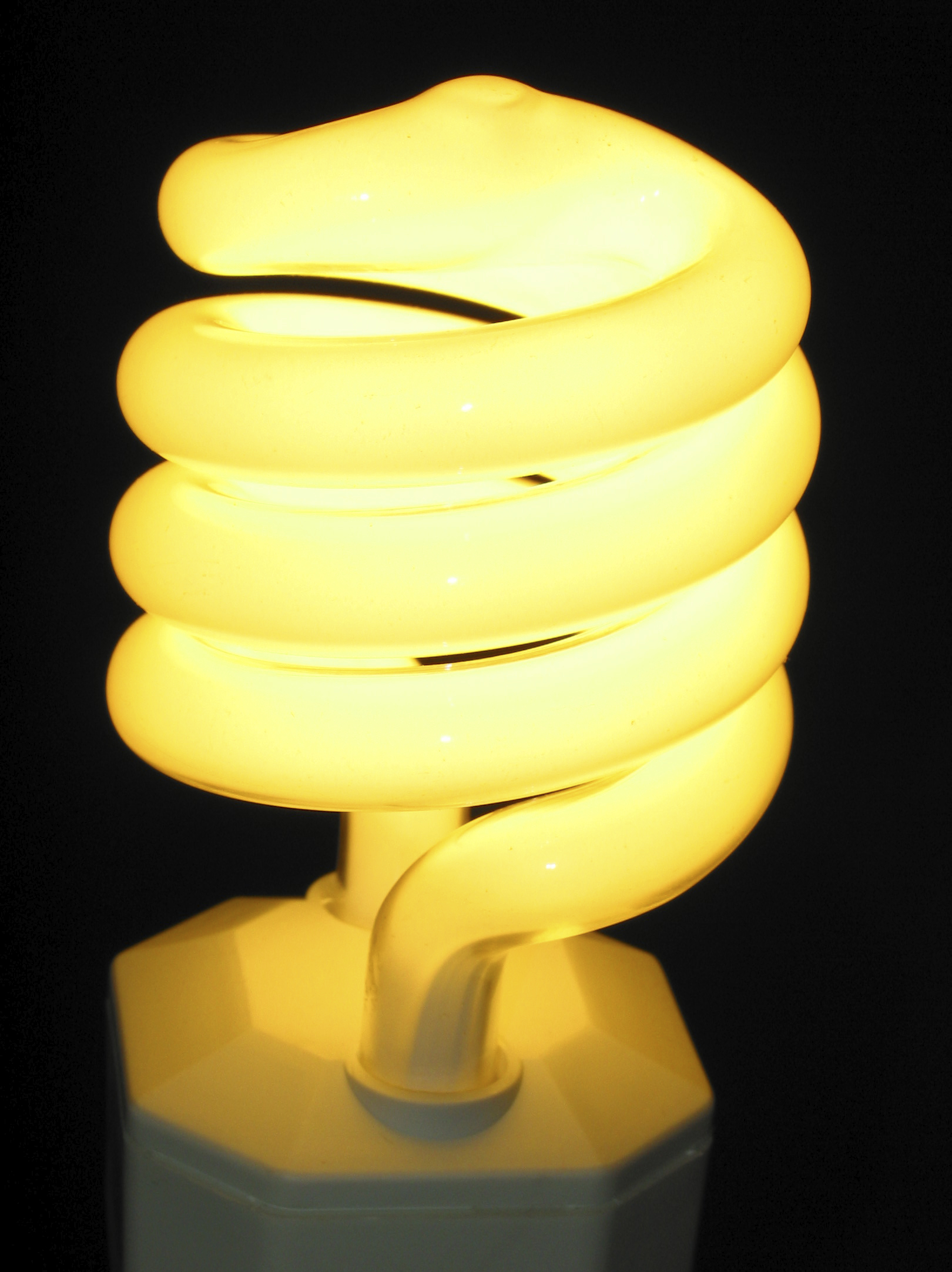Energy Efficiency Standards for Light Bulbs

Energy Efficiency Standards for Light Bulbs
Under the bipartisan Energy Independence and Security (EISA) Act of 2007, which was signed into law by President George W. Bush, efficiency standards for light bulbs went into effect on January 1, 2012. The new standards require light bulbs to use at least 25% less energy than traditional incandescent bulbs. As the standards are phased in, bulbs as bright as the current 100, 75, 60 and 40-watt bulbs will gradually use less energy.The standards are technology-neutral, meaning they do NOT ban any type of light bulb. Advanced incandescents, compact fluorescent light bulbs (CFLs) and light-emitting diodes (LEDs) all meet the new standards. While the Department of Energy (DOE) is currently prohibited from enforcing the lighting efficiency standards due to a funding limitation passed in 2011, the law still remains in effect, with American lighting manufacturers in full compliance.
Help Consumers
The lighting efficiency standards have spurred innovation in the marketplace and afforded consumers more choices. The new advanced incandescent bulbs provide light that is indistinguishable from that of old incandescents, are fully dimmable, are the same shape as old incandescents, contain no mercury—and cost as little as $1.50 each. According to the Department of Energy (DOE), advanced incandescents will save consumers about 25% of energy costs, CFLs will save 75%, and LEDs will save 75-80%. For example, while a traditional 60 W incandescent bulb costs approximately $4.80 to operate per year, a similar advanced incandescent bulb costs consumers $3.50, a CFL $1.20, and an LED $1.00. (DOE)
Create Jobs
The lighting efficiency standards are creating domestic jobs, because much of the research and development and high-tech manufacturing for the new bulbs is conducted in the United States, while most of the manufacturing of cheap incandescent bulbs moved overseas years ago. As such, American light bulb manufacturers have contributed greatly to our economy.
Cree has added over 1000 new jobs since 2009 in LED lighting in North Carolina, and over 250 in Wisconsin since 2011.
Philips employs approximately 700 in its LED facility in San Jose, California. More broadly, Philips Lighting employs 5,400 in the United States and operates the largest linear flourecent tube factory in the world in Salina, Kansas.
TCP now assembles some CFLs and LED bulbs in Ohio. GE invested $60 million in an Ohio plant to manufacture linear florescent tubes, doubling the workforce at that site.
Sylvania has been hiring employees in Pennsylvania, Philips in New York, and GE in Illinois, to make new incandescent bulbs.
Supported by Lighting Manufacturers
Manufacturers strongly support the new lighting standards, which were jointly proposed by manufacturers and efficiency and environmental advocates, and supported by consumer groups and states. The lighting manufacturers’ lead trade association, National Electrical Manufacturers Association (NEMA), has fully endorsed the standards. Repealing the standards would undermine manufacturers who have already invested millions of dollars to develop, manufacture and sell more efficient lighting technologies, and would pose additional problems for manufacturers and distributors by allowing a patchwork of different state standards. The current enforcement ban may also allow illegal imports to undercut U.S. manufacturers and workers who are abiding by the law.
FAQs
1. Why should inefficient light bulbs be phased out?
Roughly 90% of the energy used by traditional incandescent bulbs is wasted as heat (or 97% if you include energy losses at the power plant), requiring more electric plants and power lines and causing air pollution. Standards encourage manufacturers to innovate and drive down the price of more efficient lighting.
2. Will I be required to purchase a CFL?
No. CFLs are one of several options available to consumers. Though CFLs do contain very small amounts of mercury (1-4 milligrams depending on the manufacturer), one actually consumes more mercury by eating a can of albacore tuna than from typical exposure to a broken CFL bulb.
3. What do the new advanced incandescent bulbs look like?
Advanced incandescents are nearly indistinguishable from old incandescents but consume at least 25% less energy. For example, a new bulb needs only 72 watts of electricity to produce the light of an old 100-watt bulb.
STAY EMPOWERED
Help the Alliance advocate for policies to use energy more efficiently – supporting job creation, reduced emissions, and lower costs. Contact your member of Congress.
Energy efficiency is smart, nonpartisan, and practical. So are we. Our strength comes from an unparalleled group of Alliance Associates working collaboratively under the Alliance umbrella to pave the way for energy efficiency gains.
The power of efficiency is in your hands. Supporting the Alliance means supporting a vision for using energy more productively to achieve economic growth, a cleaner environment, and greater energy security, affordability, and reliability.



